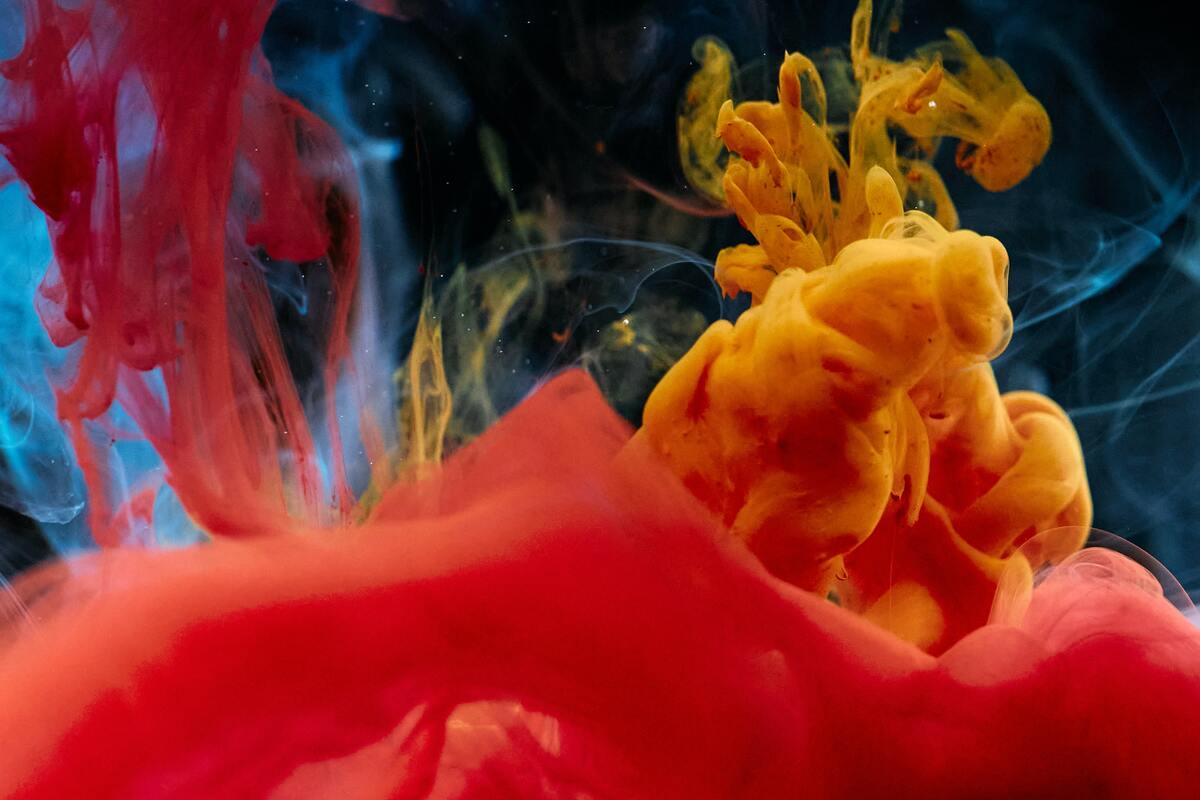What Is Chrominance? Breaking Down Chroma in Details
Rent film gear from local filmmakers.

Rent film gear from local filmmakers.
Chrominance aided the development of techniques for transmitting information about color, which enabled the transition to color television.
If you are unsure what chrominance is, don’t worry- we’ve got your back.
Read on to discover what chrominance is and how it revolutionized the TV and film industry.
If you want to start from the beginning, why not take a gander at our page on filmmaking to boost your knowledge?

What is chrominance?
There are many different definitions of chrominance on the internet. Here is a quick summarization of the term to void all confusion:
Chrominance, or Chroma, is an attribute of light that produces a sensation of color. It is a measurement of the quality of the light obtained by comparing qualities such as hue and saturation with a reference color source.
We can visualize it as part of a video signal that carries the information of the colors that are being displayed.
Specifically, it is the color of an object measured quantitatively in terms of a reference color. Therefore, it is the difference between a color and its reference color of the same brightness and chromaticity.
This is different from luminance.
It is represented as two color-difference components: U = B′ − Y′ (blue − luma) and V = R′ − Y′ (red − luma). By separating RGB color signals into luma and chrominance the bandwidth can be determined separately.
A chrominance signal is the product of the U and V signals modulating a color subcarrier signal. The phase and amplitude of the chrominance signal will mostly correspond to the hue and saturation values of that color.
Video and still photography systems may use a luma or chroma decomposition for improved visual compression.
Hue in chrominance
Chrominance is made up of two essential quantities of hue and saturation. Hue will take on a similar definition as in color theory. (If you’ve studied that before then you’re good to go!)
Hue can be described as a distinction between the colors around a color wheel- therefore, we can begin to think of it as a hue wheel.
You might say that a color has a greenish or reddish hue- it is the pure value of a color.

Saturation in chrominance
Saturation can be described as the colorfulness of an area, judged in the context of its brightness.
It is a qualitative measure of determining how pure a color looks based on how it appears in its environment and lighting.
It can help to also think of it as a color’s ‘intensity’- it is the extent to which an area lacks grayish tones or is a ‘pure’ color. We can measure this by the strength of a hue.
Now we can put this all together to understand chrominance. For example:
- Gray is neutral and can be described as a very low chroma.
- A telephone box red can be described as a high-chroma red.

Up next: What is luminance
Now that you’re clued up on chrominance, it’s time to take a deep dive and discover the importance of luminance. Check out our page on luminance here.
What is chrominance?
Chrominance is a signal that is used in most video systems. It conveys information about colors by comparing attributes such as hue and saturation with a reference color.
What is hue and saturation in chrominance?
Hues and saturations help determine the value and tone within chrominance. A hue describes a dimension of color that we experience when we look at a color. e.g. red, blue, green, etc. Saturation is the strength of dominance of that hue: it is the amount of white light mixed with a color.
What is chrominance made of?
Chrominance is the combination of two different quantities: hue and saturation.























